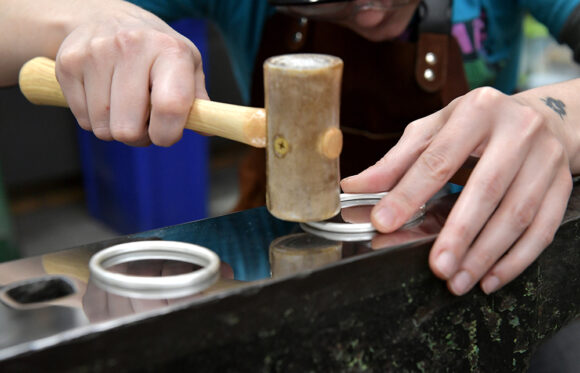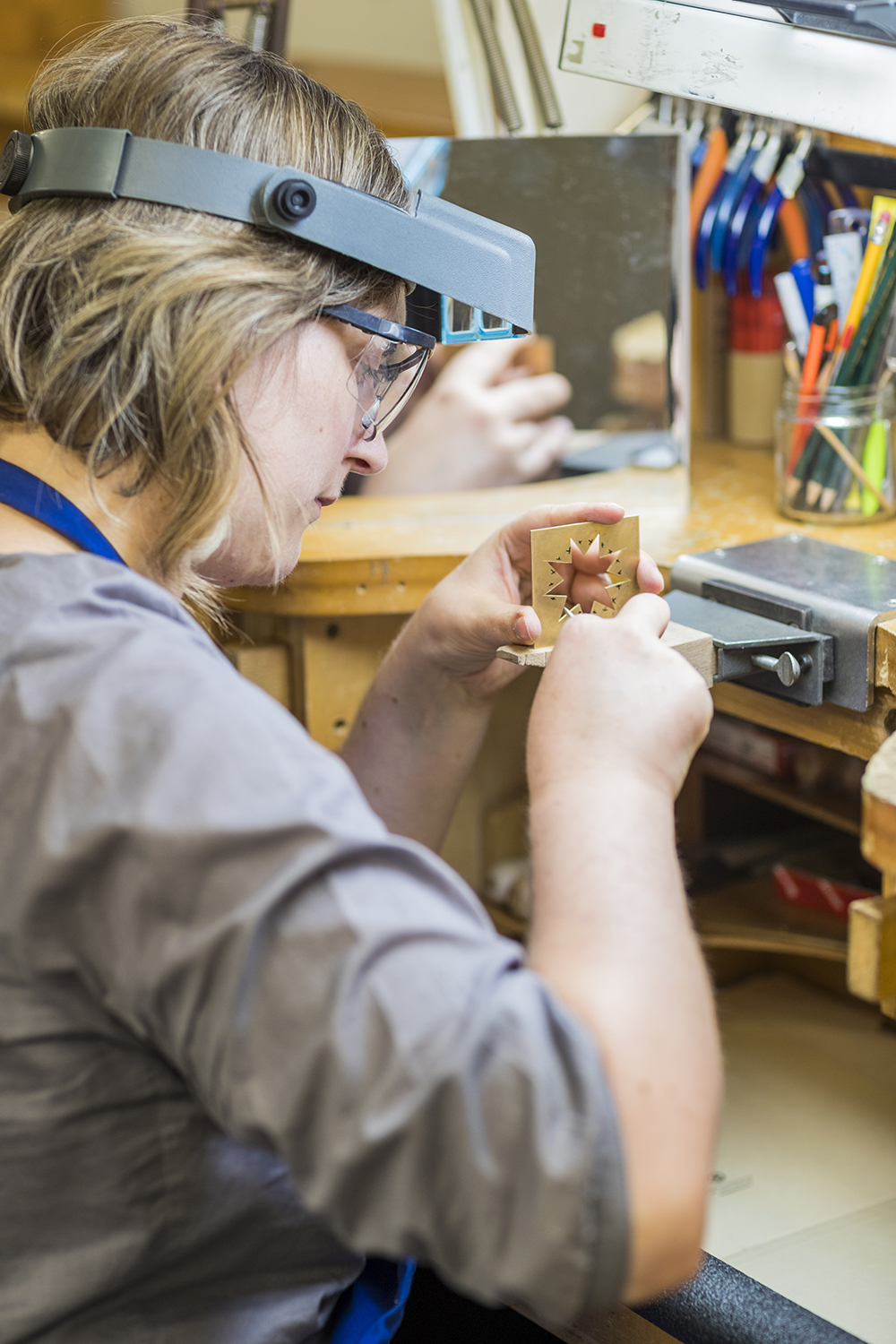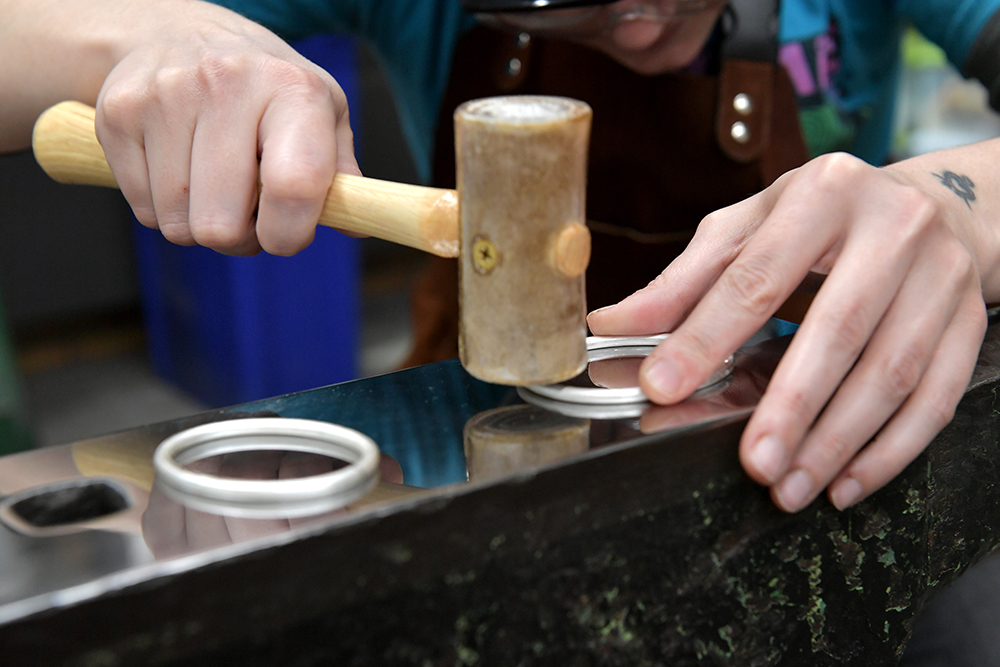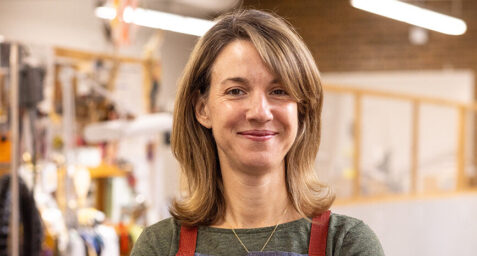Jewelry Design School vs. Bench Jewelry Training – What’s the Difference?

Categories
Jewelry Making & Repair
If you love the beauty of a well-crafted and unique piece of jewelry, a career in jewelry making may be the perfect fit for you. But, beyond appreciation, jewelry making requires specialized skills. How do you get the training you need?
Two educational approaches are a jewelry design school, or a program focused on the skills a bench jeweler will need, such as the Jewelry Making & Repair program at NBSS. What’s the difference?
A jewelry design school or program focuses first on your artistic vision or the “art” of jewelry design, with the goal of translating your designs into a finished product. Bench jeweler training focuses on teaching you the full range of skills you would need to repair, design, and create jewelry, or to perform the range of tasks a jeweler performs in the course of working in a jewelry store. Of course, the curriculum of these two approaches will certainly overlap, but there is a clear difference in both their philosophy and educational objectives. Jewelry design focuses on honing artistic vision, thinking about the final product from a sculptural perspective. By contrast, bench jeweler training starts with a common set of skills.
Our educational philosophy in every program at NBSS involves building a solid skills foundation, so embracing a bench jeweler training approach is a natural fit for us. By focusing on teaching a wider knowledge base and starting with essential knowledge and skills, bench jeweler training gives our students a secure educational base that can take them in a number of directions – working as a bench jeweler, designer, or maker.
Miranda Harter JM ’16 puts it this way, “One of the things that frustrated me in art school was the lack of emphasis on excellence and hand skills. The way I looked at it, before you became a painter you had to learn how to copy. At NBSS, you learn how to make jewelry in the way that hundreds of years of craftspeople have made it.”
And as technology has made inroads into jewelry making through CAD design and the use of high-precision microscopes, a comprehensive program such as bench jeweler training is more likely to cover their role and use. At NBSS we understand the incorporation of emerging technology into the art of traditional handwork. According to Department head Ann Cahoon JM ’02, “There’s a constant dialogue between what’s happening in the business and what’s happening in our shop.” Training students in current technology makes them more valued in the job market, and enables them to leverage these advanced tools in their own designs.

By starting with a core set of skills, bench training is relevant to everything jewelry-related, not just a single individual’s design aesthetic. As Ann puts it, “Anything I do at my bench, or anything my students do at their bench, will always relate back to a core group of skills. One of the cool things about NBSS is the overarching educational philosophy. We do things in very specific ways, and it leads to a well-developed practice.”
There is something about the discipline of mastering the basics that gives individuals the confidence and knowledge to strike out on their own creative path. We’ve seen it time and again. Even Picasso started that way by receiving rigorous formal artistic training from his father before going on to become one of the most influential artists of the 20th century. If you are considering a career or a hobby in jewelry, we invite you to learn more about our Jewelry Making & Repair program.


